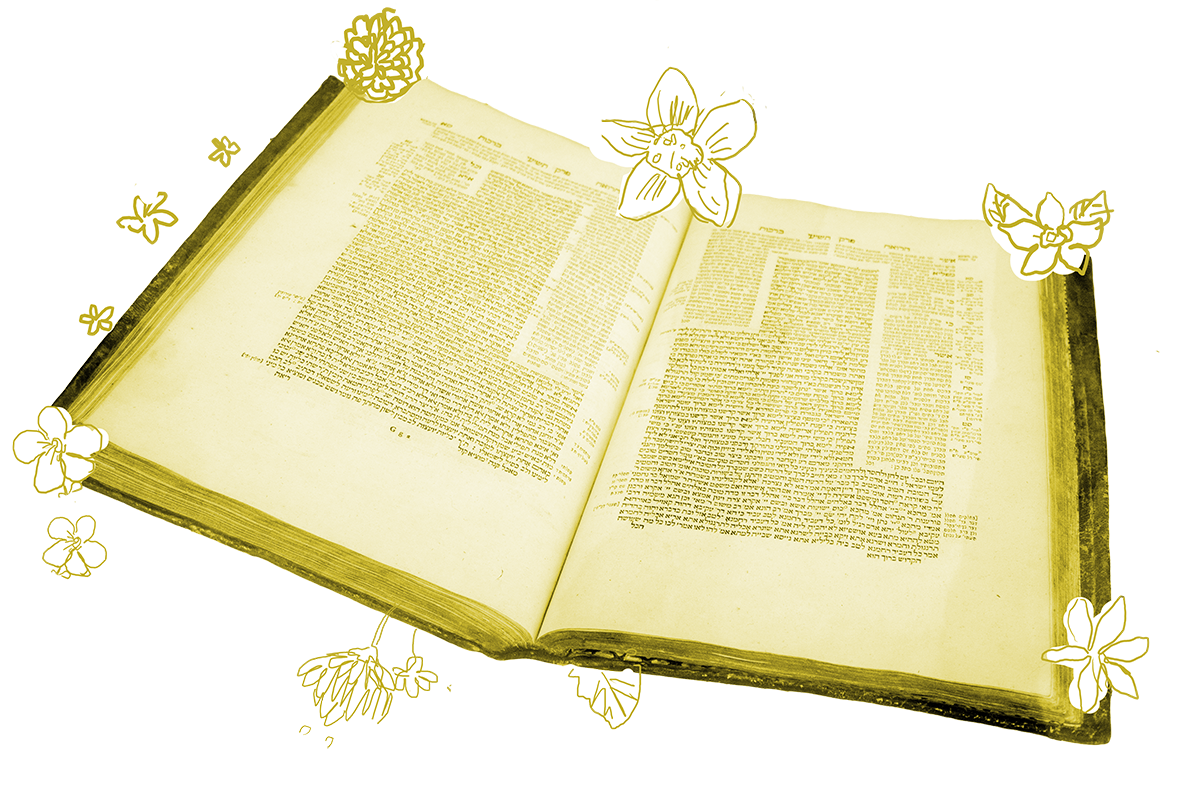The Gemara has spent the last several pages examining the Noahide laws, biblically derived statutes that the rabbis understand apply to all non-Jews. Since the Noahide laws are, essentially, a small subset of Jewish law, we might suppose that there are no exceptions to the Noahide laws — that they bind everyone. But on today’s daf we encounter the following remarkable case which shows there may be an exception after all:
Rav Hisda says: A Canaanite slave is permitted to marry his mother, and he is permitted to marry his daughter because he has left the category of a gentile, but he has not entered the category of a Jew.
Illicit sexual relations — including sex with one’s mother or daughter — are forbidden under the Noahide laws. At first glance, then, this halakhah is as baffling as it is disturbing. While the rabbis are not necessarily suggesting such unions, the idea that they would be legally permitted is premised on two ideas: one, the status of a convert vis a vis relatives, and two, a Canaanite’s slave liminal halakhic status.
Halakhah states that when a person converts, they are born anew, which means that their birth relatives are no longer legally their relatives. Even if a person converted together with his children, the children are no longer relatives according to halakha, and therefore no longer his heirs. Similarly, on its face, this halakhah would also have implications for prohibited sexual relations: If someone’s birth family are no longer treated as legal relatives, the prohibition on sexual relations wouldn’t apply. Indeed, the rabbis believe this is the halakhah on a Torah level; however, it’s stated in Yevamot that the rabbis issued a decree prohibiting a convert from marrying their immediate blood relatives. So even though it’s technically permitted according to the Torah, it’s forbidden by the rabbis.
So far, what we have is this: A non-Jew is prohibited from marrying their immediate blood relatives according to the Noahide laws, and a convert is prohibited from marrying their immediate blood relatives by a rabbinic decree. Now we come to the peculiar case of the Canaanite slave. The Canaanite slave owned by a Jew is immersed in the mikveh and, thereupon, assumes responsibility for the mitzvot that apply to slaves (for the most part, these are the same as those that are traditionally understood as applying to women and children). Due to this immersion and assumption of mitzvot, the Canaanite slave is no longer a non-Jew, therefore no longer bound by Noahide laws and, in consequence, no longer considered legally related to their blood relatives. However, until the Canaanite slave is circumcised and freed, they also don’t have the status of a full-fledged convert, and therefore, Rav Hisda argues, the decree against a convert marrying their blood relatives does not yet apply to him. Since the Canaanite slave occupies a middle ground, neither non-Jew nor Jew, neither the Noahide laws nor the rabbinic decree prohibiting converts from marrying their blood relatives are applicable. Therefore, we arrive at this baffling halakhah, that a Canaanite slave would, theoretically, be permitted to marry his mother or daughter, so long as he remains a slave.
There is no evidence this was common practice. Nor does today’s daf suggest the rabbis encouraged these unions. Rather, as we often see in the Gemara, the rabbis explore a wild boundary case to better understand their own categories: How does one make the legal shift from non-Jew to Jew, and what do the in-between states look like?
Read all of Sanhedrin 58 on Sefaria.
This piece originally appeared in a My Jewish Learning Daf Yomi email newsletter sent on February 13, 2025. If you are interested in receiving the newsletter, sign up here.
With your help, My Jewish Learning can provide endless opportunities for learning, connection and discovery.



